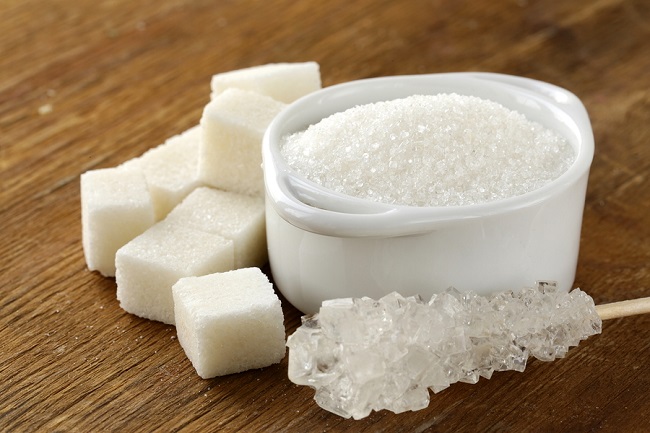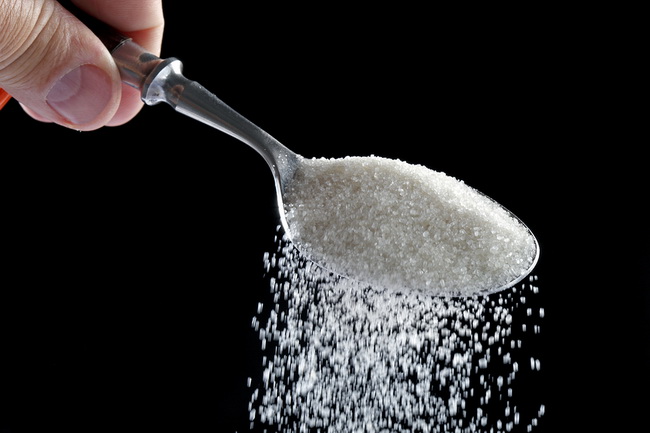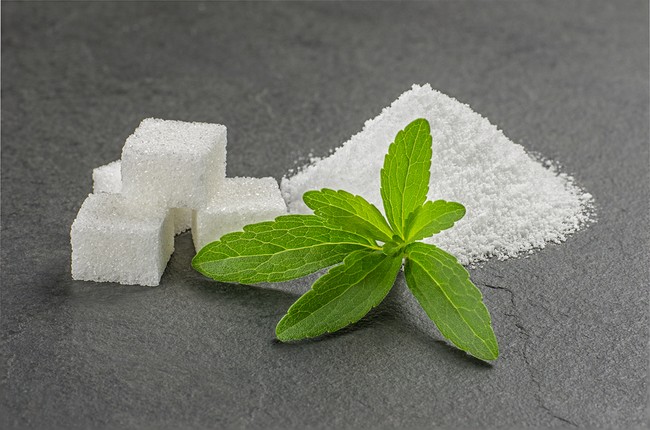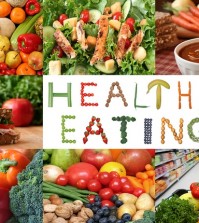- Make It Yourself Lavender Heart-Shaped Bath Bombs!
- 20 Things You Never Knew About “Down There”
- 12 Best Foods For Those Suffering From Arthritis Pain
- 12 Personal Hygiene Mistakes Almost Everyone Makes (Mom Never Told You About #4!)
- 15 Medicinal Plants And Herbs From The Cherokee People
- 12 Mind-Blowing Benefits Of Drinking Coconut Water During Pregnancy
- 12 Outstanding Winter Foods That Won’t Fatten You Up Like A Christmas Turkey
The Most Common Tricky Names For Sugar That Is Hiding In Your Food

Photo credit: bigstock.com
If you are like us here at NaturalOn, you are trying to cut as much refined sugar out of your life as possible.
Unfortunately, most Americans still don’t know the truth about how much sugar they are consuming and how deadly it is for their bodies. The reasons for this are that most sugars are in processed foods, so people never even know that they are consuming it.
Also, manufacturers are smarter than we probably give them credit for. They deliberately try to mislead you by calling sugar different names so that even if you read their label, you might not recognize it for what it truly is: sugar. Seriously, how many people know that maltose is actually a type of sugar?
Let’s talk for just a minute about the different types of sugar; mainly glucose and fructose. Glucose is easily metabolized by every cell in the body, however fructose can only be metabolized by the liver. Fructose has been shown in study after study to be very dangerous to the body. A diet high in fructose leads to metabolic syndrome, diabetes, fatty liver, and insulin resistance.
Although you should cut back on as much sugar as possible, it is especially important that you avoid consuming sugars that are high in fructose.
Let’s look at the most common names for sugar.
1. Sugar or Sucrose
This is the most common type of sugar and the kind you probably have sitting next to your coffee maker. Referred to as “table sugar”, this is the naturally occurring type of carb that is found in most fruits and plants, such as sugar cane and sugar beets. Plain old table sugar is 50 percent glucose and 50 percent fructose, naturally bound together.
2. Agave Nectar
Sometimes called agave syrup, this is a very popular sugar alternative that comes from the leaves of the agave plant. Although it doesn’t spike blood sugar as much as regular table sugar, it still contains between 70 and 90 percent fructose and 10 to 30 percent glucose. This sweetener isn’t really a healthy alternative at all. It is highly processed and is probably even worse for your health than plain old white sugar!
3. High-Fructose Corn Syrup
Many times this is simply shortened to HFCS. This type of sweetener is extremely popular in the US and can be found in almost every type of processed food and drink in your supermarket today. This sweetener is a GM product and is so popular because it is extremely cheap.
Continue to Page 2

Photo credit: bigstock.com
Other sugars that contain a combination of both glucose and fructose are:
4. Yellow sugar
5. Grape sugar
6. Turbinado sugar
7. Honey
8. Icing
9. Treacle sugar
10. Invert sugar
11. Sucanat
12. Maple syrup
13. Sorghum syrup
14. Molasses
15. Refiner’s syrup
16. Muscovado sugar
17. Raw sugar
18. Panela sugar
19. Golden syrup
20. Fruit juice concentrate
21. Golden sugar
22. Beet sugar
23. Florida crystals
24. Blackstrap molasses
25. Fruit juice
26. Buttered syrup
27. Evaporated cane juice
28. Cane juice crystals
29. Brown sugar
30. Demerara sugar
31. Cane sugar
32. Caramel
33. Confectioner’s sugar (sometimes called powdered sugar)
34. Carbo syrup
35. Coconut sugar
36. Date sugar
37. Castor sugar
Most of these are fairly easy to recognize as the word ‘sugar’ is in their name.
Continue to Page 3

Photo credit: bigstock
The following items are types of sugar that contain only glucose. Sometimes they are pure glucose, other times they are combined with other types of sugar other than fructose.
38. Dextrin
39. Barley malt
40. Corn syrup solid
41. Corn syrup
42. Brown rice syrup
43. Dextrose
44. Rice syrup
45. Maltose
46. Diastatic malt
47. Maltodextrin
48. Malt syrup
49. Ethyl maltol
50. Glucose
51. Lactose
52. Glucose solids
The following sugars are strictly fructose sweeteners.
53. Fructose
54. Crystalline fructose
Lastly, there are two types of sugar that contain neither fructose nor glucose. They are not as sweet and, therefore, aren’t as common, but you often find these combined with other types of sweeteners.
55. D-ribose
56. Galactose
The sugar found in natural foods such as vegetables, and dairy products are all natural. You don’t have to worry about these types of sugar, especially when eating the whole food. You will also get fiber, nutrients, and other things Mother Nature intended for you to consume.
However, it’s the unnatural types of sugar that you should look out for. The best way to do this is by eating a more natural, whole food type of diet and removing as many processed foods as you can.
If you do buy processed foods, be aware that some foods contain far more sugar than you ever imagined. The following are the worst offenders:
- Fruit filled yogurts or yogurt drinks
- Canned soup
- Salad dressings
- Tomato sauce, juice, or any type of canned tomato product
- Bread
- Granola bars
- Cereals (even ones that use words like “natural” or “healthy”)
- Dried fruit (this is natural sugar but it is highly concentrated so limit your consumption)
- Juices of all kinds
READ ALSO: The Truth about Sugar Addiction and What Happens When You Quit
Other places where sugar hides is in condiments such as ketchup and soy sauce, as well as many types of canned vegetables. Always read labels carefully and opt to make it fresh (and organic!) as often as possible.
References:
































